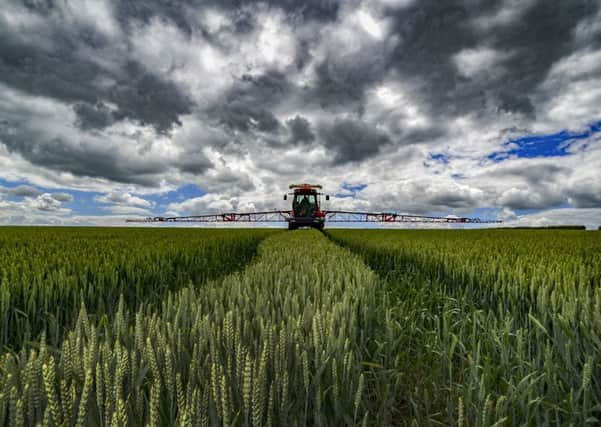Climate impact on crops mapped for first time


A study, contributed to by a leading climate change professor at the University of Leeds, suggests that up to 14 per cent of land dedicated to wheat, maize, rice and soybean worldwide could have less rainfall, while up to 31 per cent may see more rain as a result of global climate change.
However, in a low-emission scenario, the percentages are far less, three per cent and one per cent, respectively.
Advertisement
Hide AdAdvertisement
Hide AdThe research found that without a significant cut to greenhouse gas emissions, patterns of increased precipitation in high latitudes, including areas in North America and Europe could emerge as early as the 2020s.
Patterns of decreased precipitation in areas such as the Mediterranean, western Mexico, Chile, South Africa and Australia could emerge by the 2050s.
Prof Andy Challinor, co-author of the study at the Priestley International Centre for Climate at Leeds University, said: “Changes in rainfall patterns have been challenging to predict in the past, making it difficult to offer advice on how growing conditions may change. This is the first study to overlay predicted time of emergence on crop lands and growing seasons.
“Wheat, maize, rice and soybean represent roughly 40 per cent of global caloric intake and our findings show that by limiting greenhouse gas emissions we can help preserve the rainfall patterns vital for their growth.”
Advertisement
Hide AdAdvertisement
Hide AdThe 2015 Paris Agreement set a target to limit the rise in global average temperatures to 1.5 to two degrees above pre-industrial levels.
Prof Challinor said greenhouse gas mitigation measures needed to achieve that target will go “a long way” towards reducing the risk of future droughts, floods and even a global food crisis.
